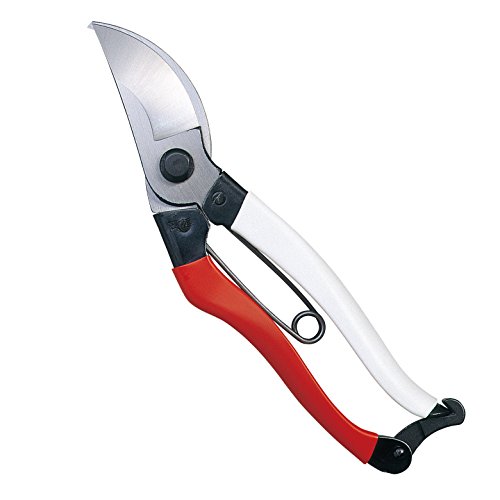How to grow medlar trees – to enjoy a harvest of unusual fruits from this forgotten heritage species
Medlar fruits were once a popular delicacy, yet today, they are a rare find
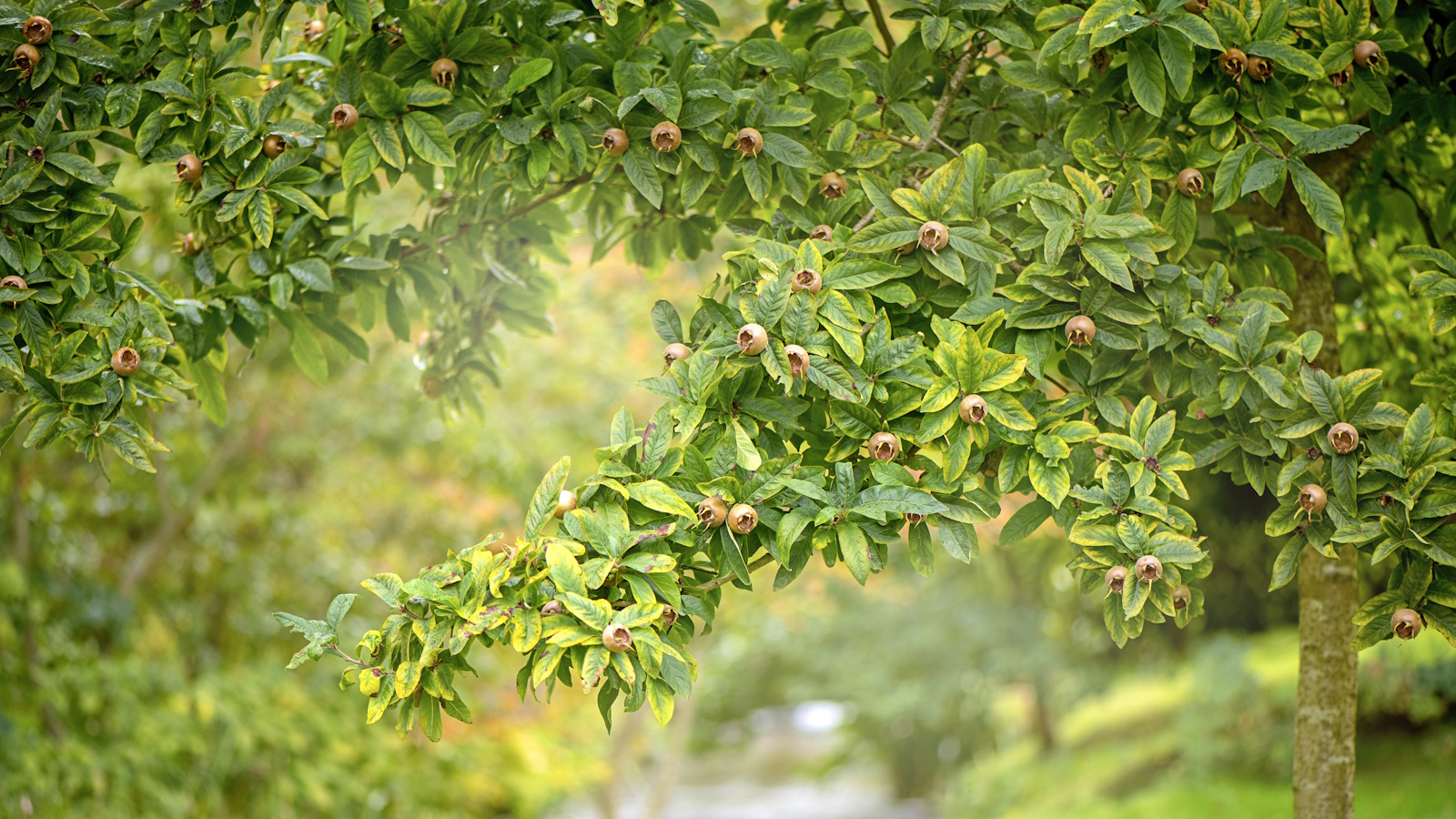

Cultivated since Roman times, medlar trees, or Mespilus germanica, are today a rare sight. Yet, this low-maintenance heritage fruit tree has much to offer and is surprisingly easy to grow.
I once cared for a medlar tree growing in the Garden Museum in London and can testify to their resilience and hardiness. Despite harsh winter winds whipping off the Thames, dry soil and baking summer sun, it produced a good crop on a compact and manageable framework.
So, if you are looking for the best fruit trees for small gardens, learning how to grow medlar trees is a rewarding option. Here, I reveal all I know about caring for these historic trees that are sure to spark intrigue and conversation come harvest time.
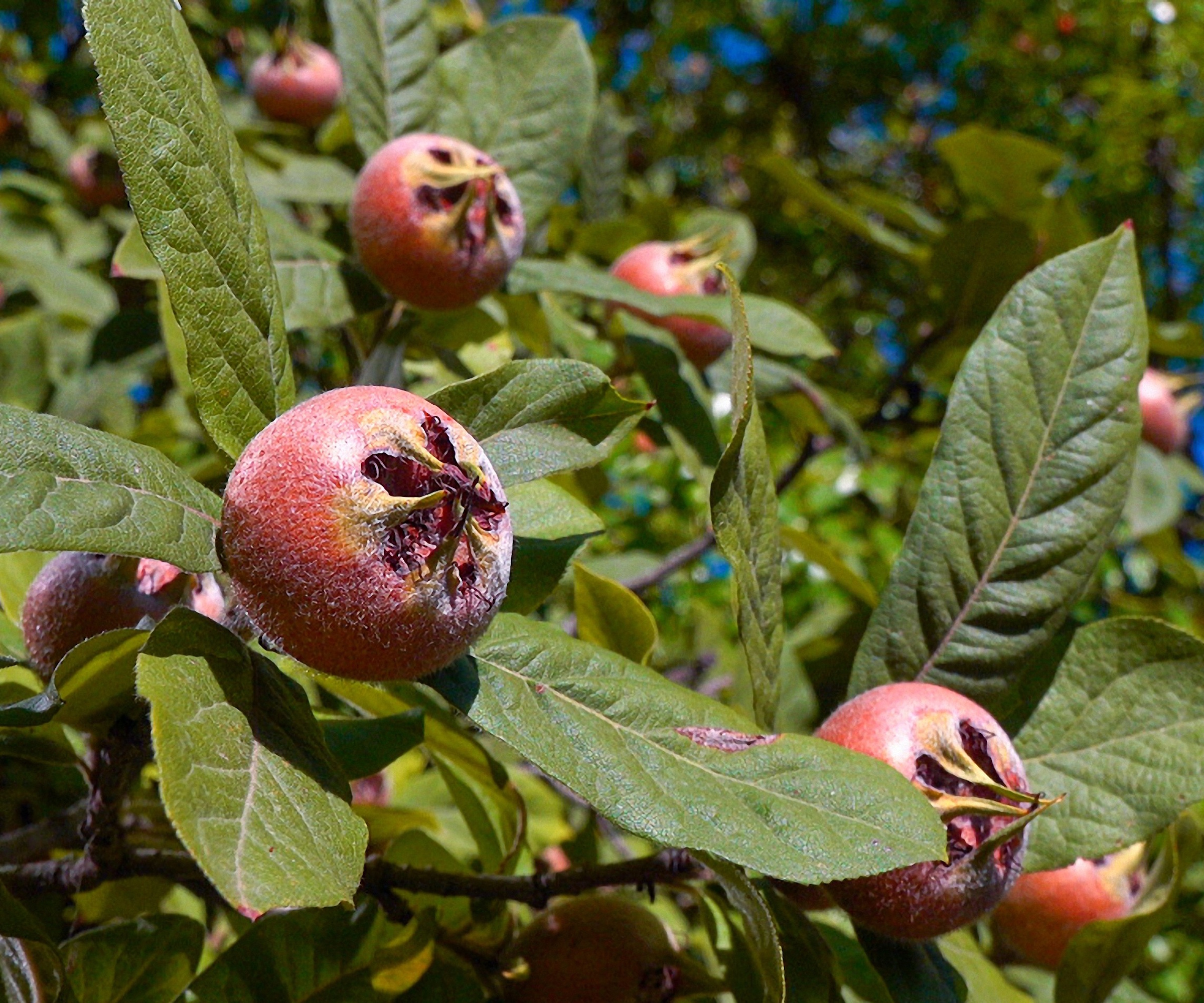
How to grow medlar trees - an expert guide
Much like mulberries, medlar fruits are very rarely found in stores, which makes growing these fruit trees the best way to source the otherworldly, dark-brown fruits. In medieval times, the soft, tangy fruit - best enjoyed 'bletted' or overripe - would have accompanied cheeses and meats at feasts.
How to grow medlar trees - planting tips
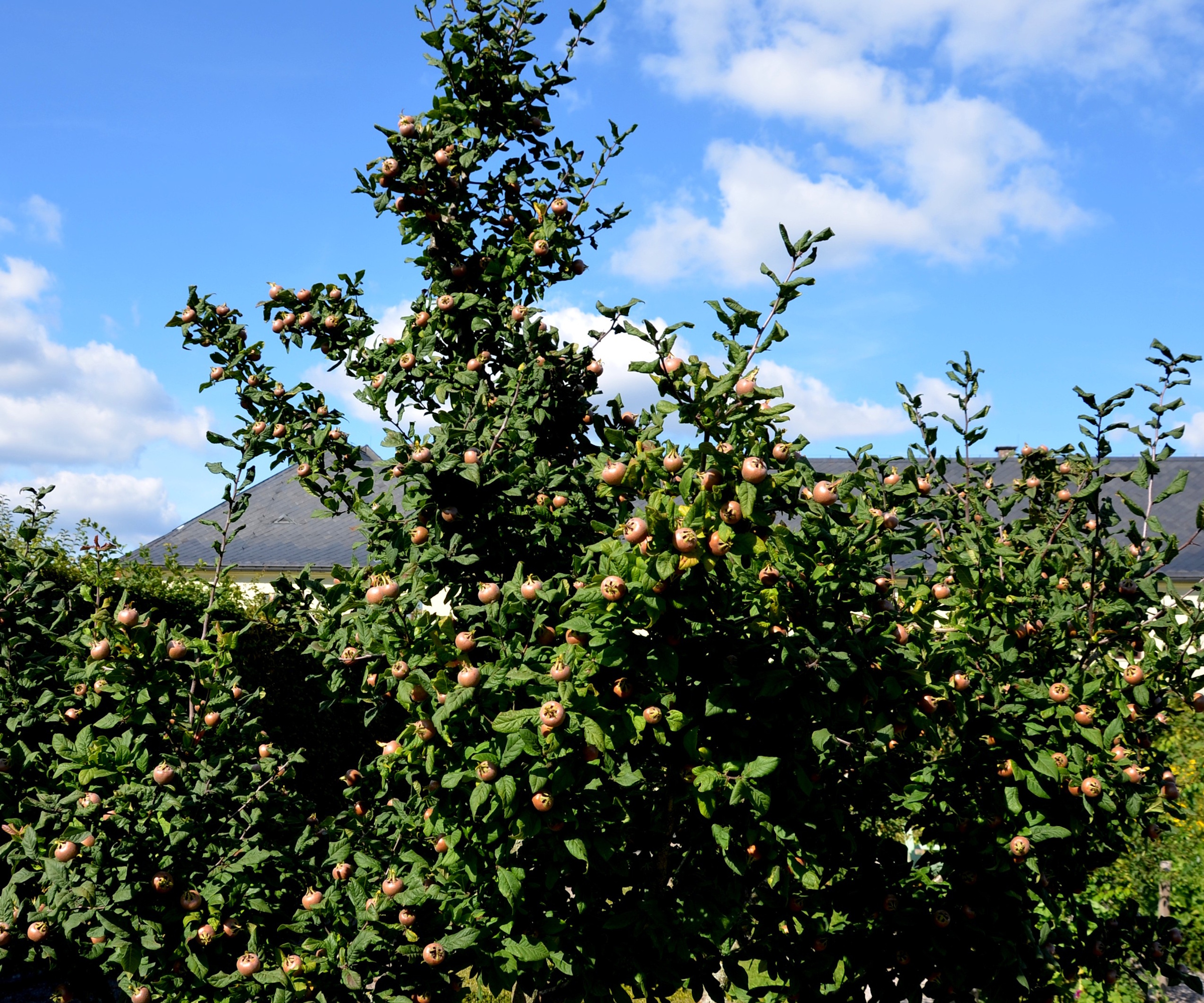
Medlars have been grown for thousands of years, with records going back to Roman cultivation and early medieval growing in the cloister gardens of Charlemagne.
Native to Iran, southeast Asia and southwest Europe, medlars grow best from US hardiness zone 5 to US hardiness zone 8, with a preference for a sheltered, sunny spot. Medlar foliage and flowers can easily be damaged by strong winds and late frosts, so planting them against a sunny wall or protected corner is best.
It is a good idea to plant the fruit trees when they are dormant, from fall to spring. Avoid planting when the weather is extreme, instead selecting a mild period when the soil retains some moisture, usually in October, November, or March.
Before planting, deep watering is a good idea for container-grown specimens, or soak your tree in a bucket of water if it is bare-root.
Medlars typically grow best in deep, fertile soils that are well-draining, but in general, they will do fine in most soils, so long as they are not waterlogged or chalky.
At full size, medlar trees can grow upwards of 25 feet, although they can be shaped and pruned to limit growth.
How to grow medlar trees - care tips
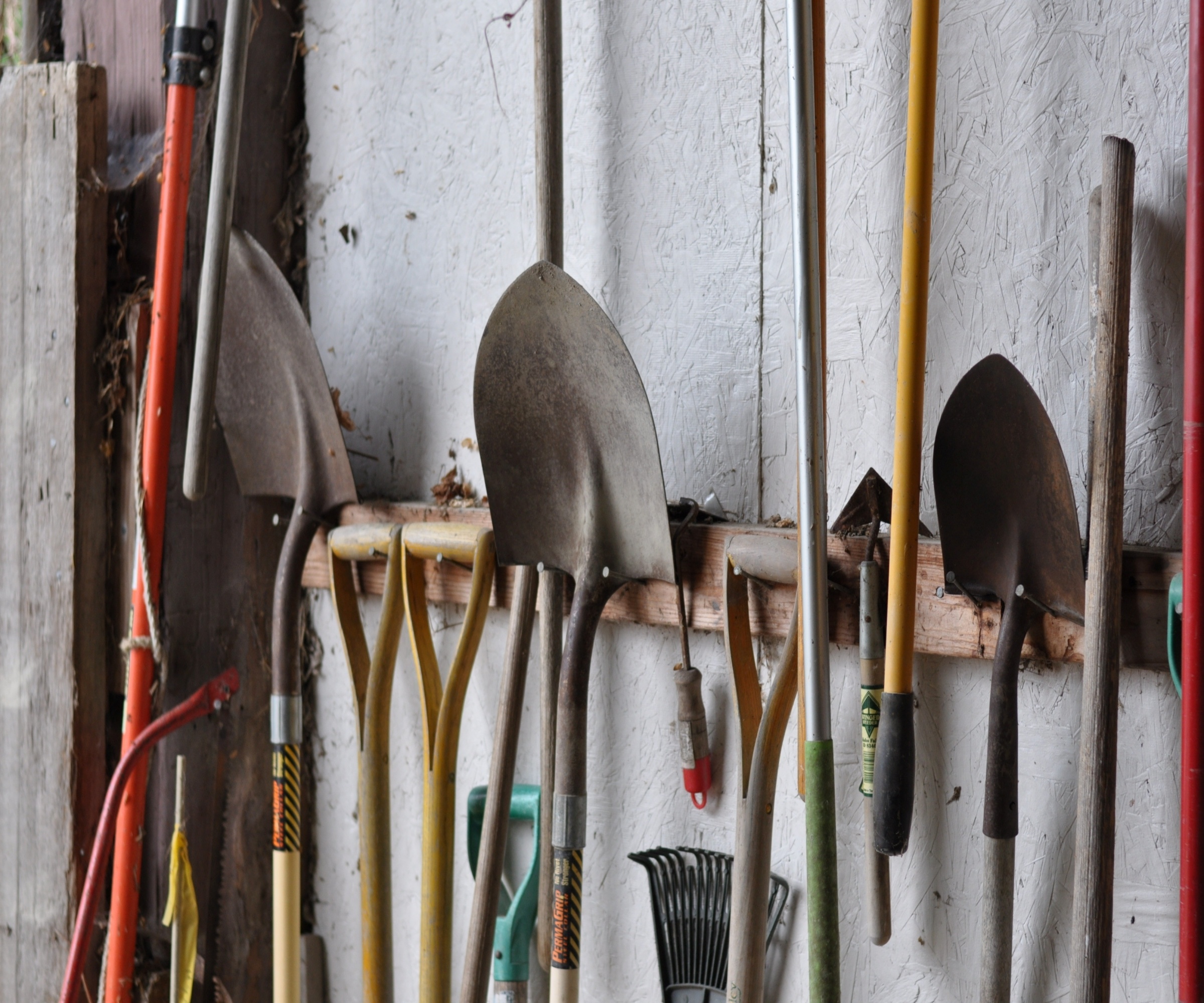
- Watering - Medlar trees need consistent watering to establish, which can take a few years. Deep watering is far more preferable to shallow watering, ideally soaking the base of your tree with a watering can or two each week during spring and summer, which will encourage the development of strong roots. Mulching your borders is also a good idea and will help retain moisture in the soil. Try this organic premium mulch from Walmart. Established trees will only need watering during very dry periods when the fruits are forming.
- Fertilizing - Medlars can benefit from feeding, particularly if you want to boost your fruit harvest. Use a high potassium feed, sometimes called potash, such as blood, fish and bonemeal. In terms of plant fertilizer numbers, you are looking for a product with a high third value, such as 5-5-10 or 3-3-5. Scatter a handful around the base of your medlar tree in spring, using something like this organic bonemeal from Walmart.
- Pruning - Pruning fruit trees in the correct way when they are establishing will mean that minimal pruning is required further down the line. Generally, medlars are kept to a standard bush form or half-standard shape, with a trunk supporting a canopy of foliage. Aim to keep an open-centered, goblet shape to improve ventilation and minimize pests and problems. For established trees, prune in the dormant season, removing any dead, diseased or damaged branches. Remember that medlars are tip-bearers, meaning they fruit on the ends of small shoots, so take care not to remove too much when pruning.
- Harvesting - Harvest medlar fruits in November or December after they have been exposed to frost. Importantly, they will not be ready for eating at this time, and they will continue to ripen after picking. This process is referred to as 'bletting', whereby the fruits ripen for a while longer once harvested. The fruits may appear to be rotting, but leaving them longer indoors will help to improve their sweetness. To harvest your medlar fruits, snip them from the tree using a pair of sharp pruning shears, secateurs or scissors. The leathery skin is not edible, and you must scoop the soft flesh into a bowl, remove the seeds, and use it as you wish.
FAQs
How long does it take for a medlar tree to bear fruit?
Medlar fruits will be produced on three or four-year-old trees. Your first harvest will depend on the age and size of the tree when planted in your yard. By the age of five or six, cropping should reach a good level.
Should I stake my medlar tree?
Using a sturdy stake can ensure the development of a tall, straight trunk that can support the spreading medlar crown. Once established, after three or four years, you can remove the stake.
In general, medlar trees are very hardy and easy to grow. If there is a late onset frost or cold spring, you may suffer from poor cropping, but the tree will bounce back the following year.
Why not learn how to grow the pawpaw tree for another unusual fruiting species? Considered the largest edible fruit native to North America, pawpaw trees are sure to elevate your kitchen garden in the coming years.
Shop gardening accessories
Sign up to the Homes & Gardens newsletter
Design expertise in your inbox – from inspiring decorating ideas and beautiful celebrity homes to practical gardening advice and shopping round-ups.

Thomas is a Content Editor within the Gardens Team at Homes and Gardens. He has worked as a professional gardener for both public spaces and private estates, specializing in productive gardening, growing food and flowers. Trained in Horticulture at the Garden Museum, he has written on gardening and garden history for various publications, including The English Garden, Gardens Illustrated, Hortus, The London Gardener and Bloom. He has co-authored a Lonely Planet travel book, The Tree Atlas, due out in 2024.
You must confirm your public display name before commenting
Please logout and then login again, you will then be prompted to enter your display name.
-
 I’m an HVAC technician, and this is when I turn my AC on each year – plus 5 checks I always do beforehand
I’m an HVAC technician, and this is when I turn my AC on each year – plus 5 checks I always do beforehandSave yourself an AC hassle by running my checks and turning it on before big heat hits
By Josh Mitchell Published
-
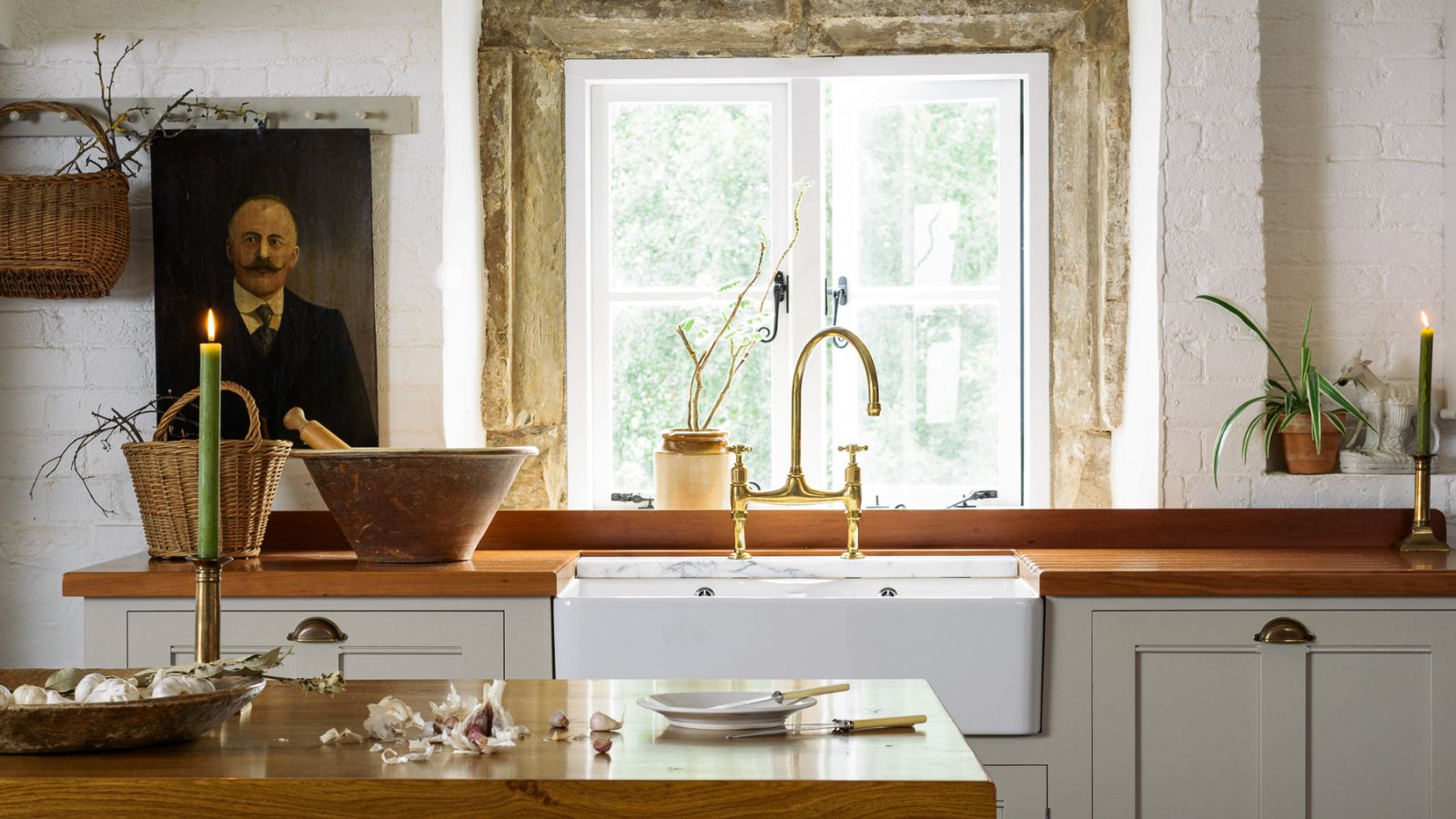 This simple marble hack elevates my budget-friendly wooden kitchen countertops and prevents the dreaded water damage for way less than you’d think
This simple marble hack elevates my budget-friendly wooden kitchen countertops and prevents the dreaded water damage for way less than you’d thinkThis design trick looks expensive, solves a problem, and was the easiest decision I made during my kitchen reno
By Charlotte Olby Published
-
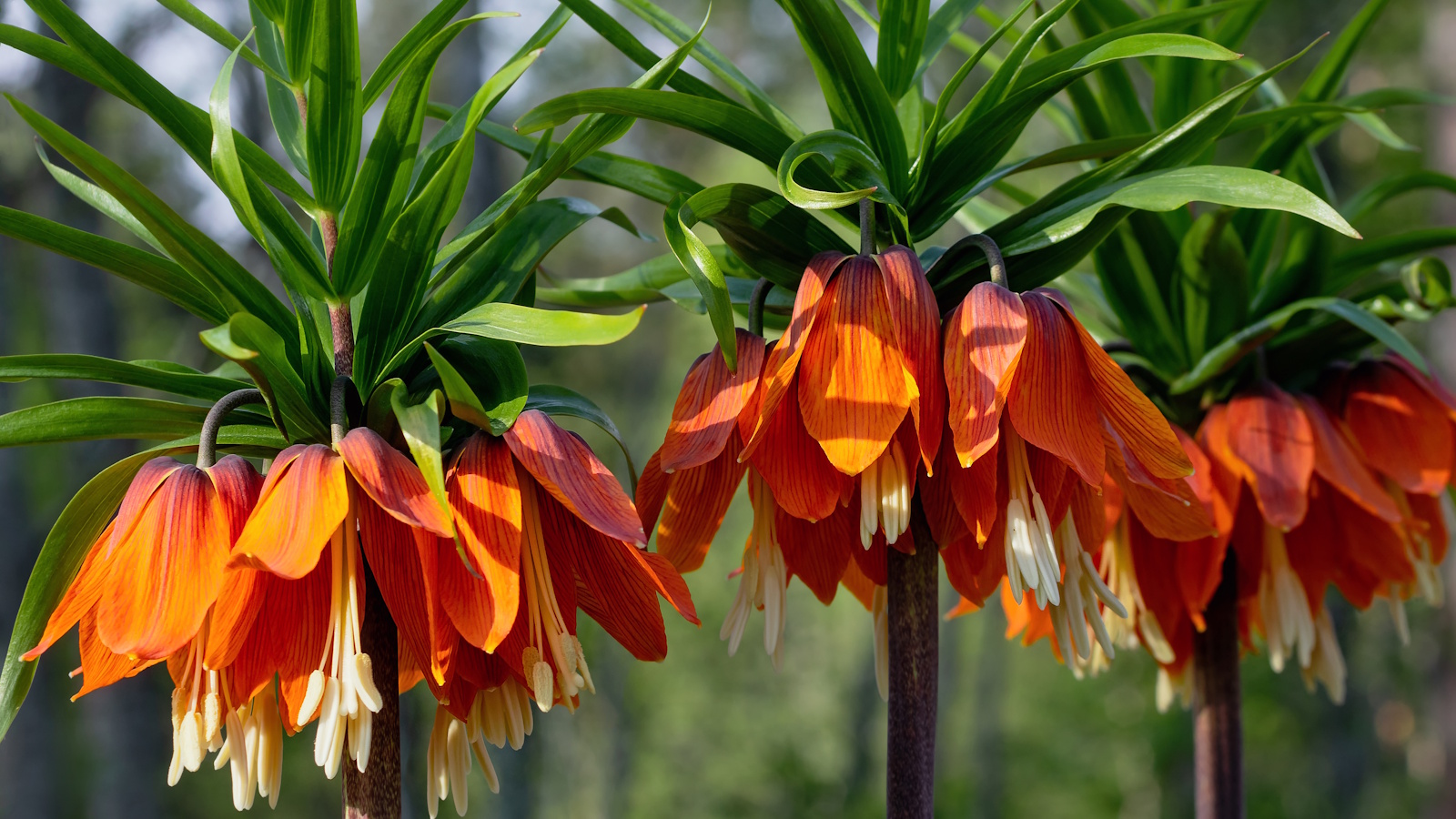 Worst-smelling plants to avoid – experts reveal 5 pungent species and suggest perfumed options to grow instead
Worst-smelling plants to avoid – experts reveal 5 pungent species and suggest perfumed options to grow insteadThese are some of the worst-smelling plants that can cause quite a stink
By Thomas Rutter Published
-
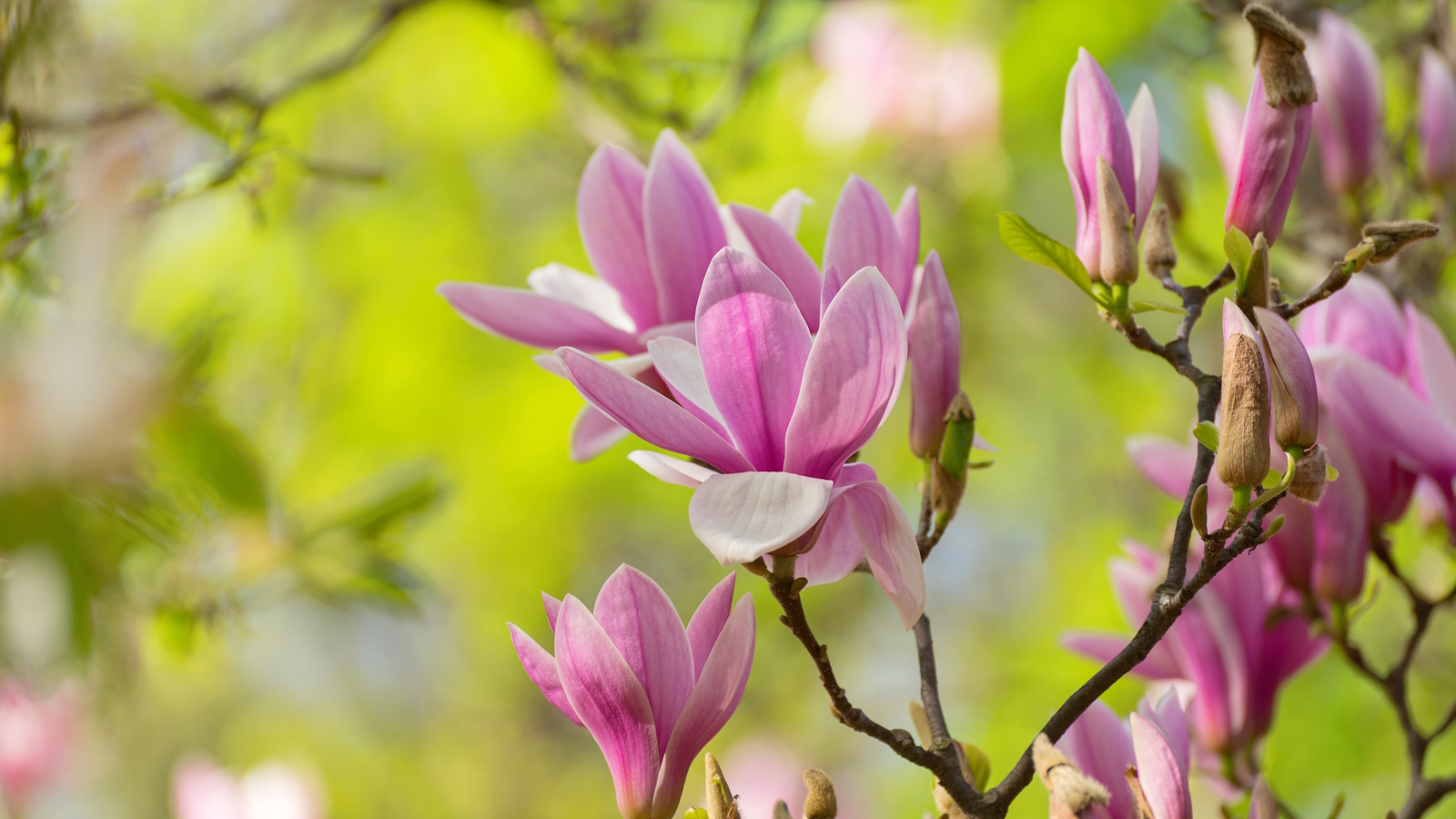 How to fertilize magnolias – garden experts reveal the secrets to better blooming, and timing is critical
How to fertilize magnolias – garden experts reveal the secrets to better blooming, and timing is criticalMagnolias are famed for their spring flowers, and feeding at the right time can give trees a boost
By Thomas Rutter Published
-
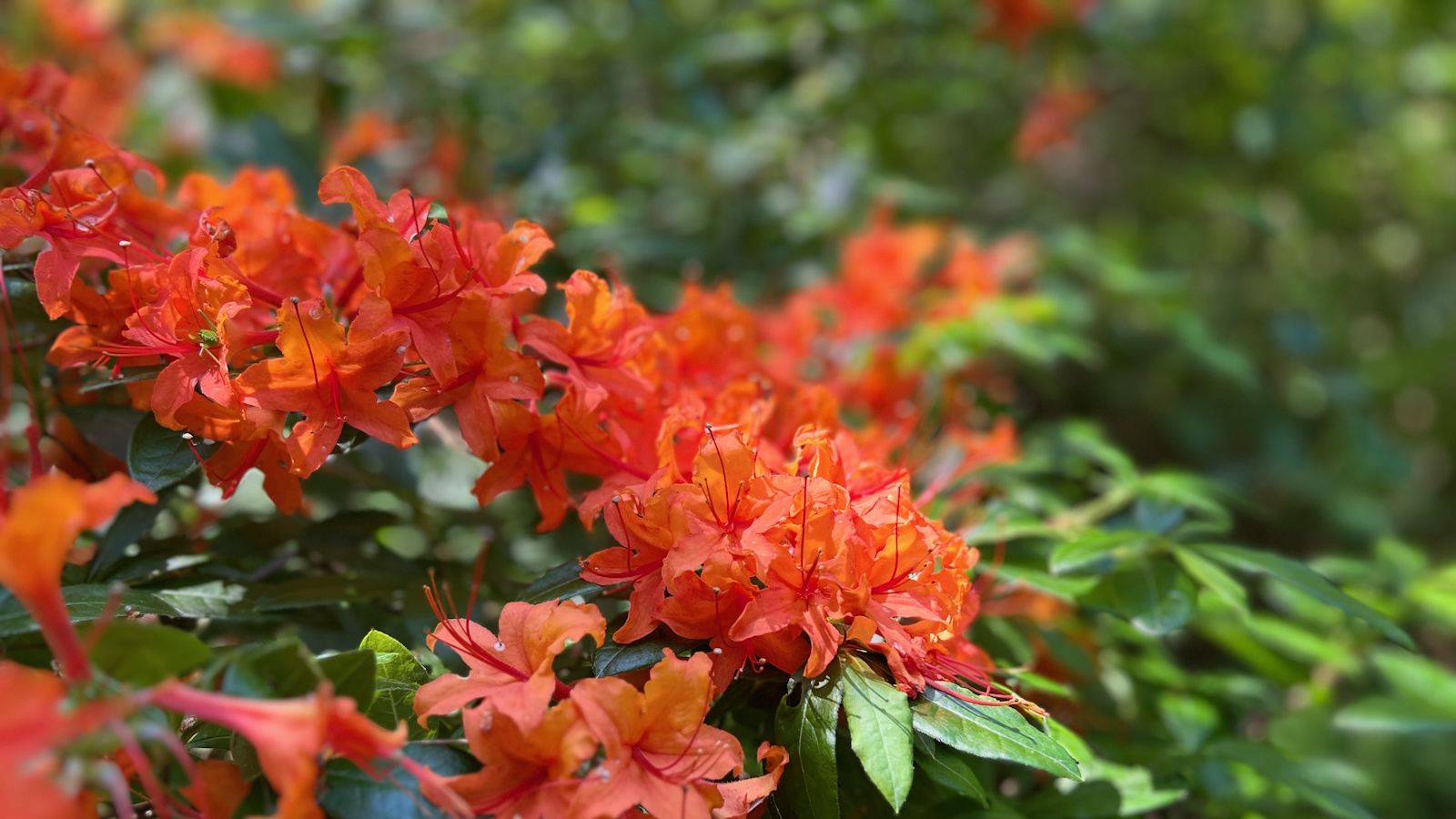 How to revive old rhododendron plants – pruning advice from a professional gardener to save your struggling shrubs
How to revive old rhododendron plants – pruning advice from a professional gardener to save your struggling shrubsWith the right pruning approach, you can rejuvenate old and woody rhododendrons
By Thomas Rutter Published
-
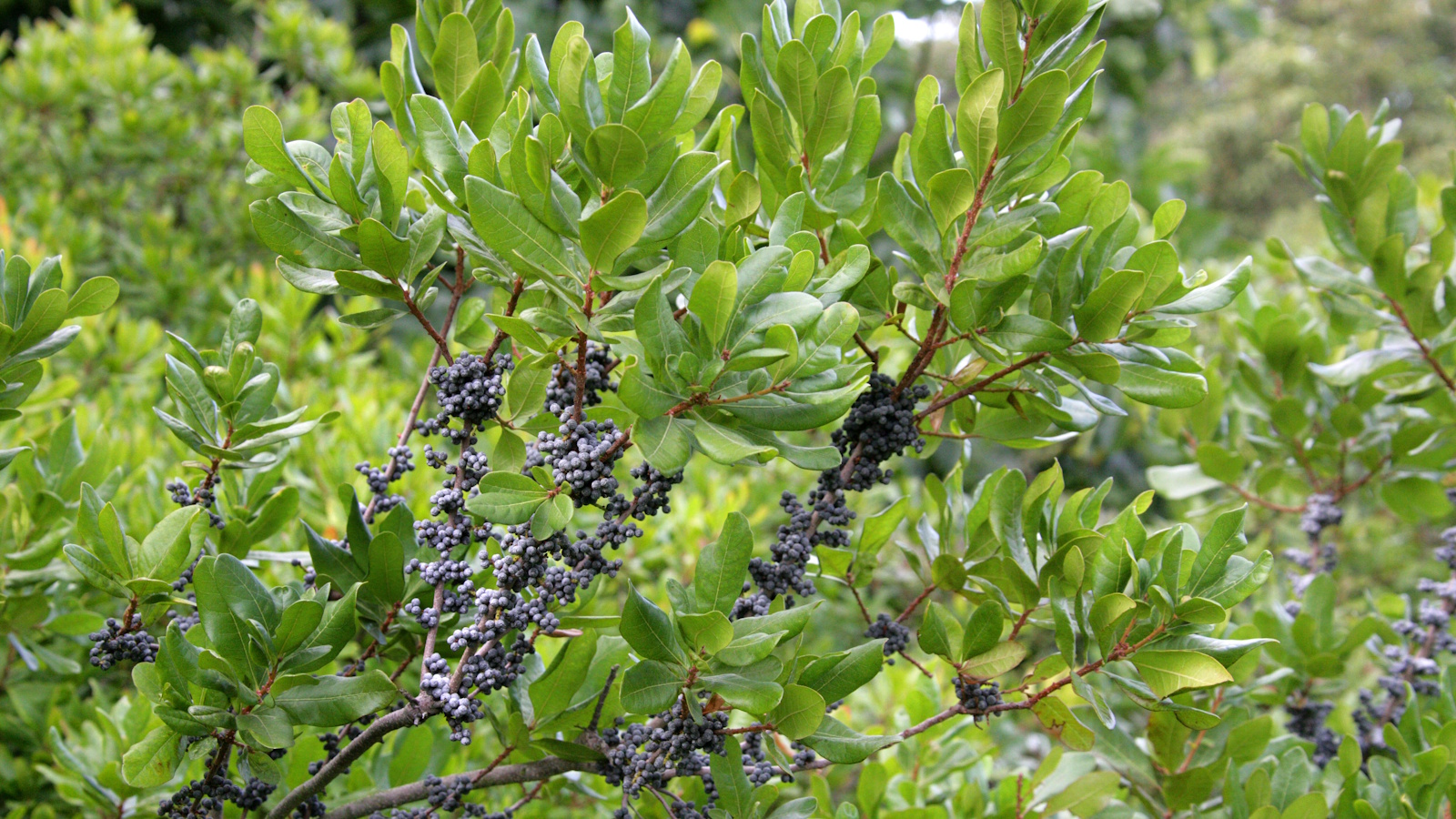 Best fragrant shrubs – 5 perfumed plants to transform garden borders and pot displays this summer
Best fragrant shrubs – 5 perfumed plants to transform garden borders and pot displays this summerGrow one or more of the best fragrant shrubs to add a sensory element to your yard
By Thomas Rutter Published
-
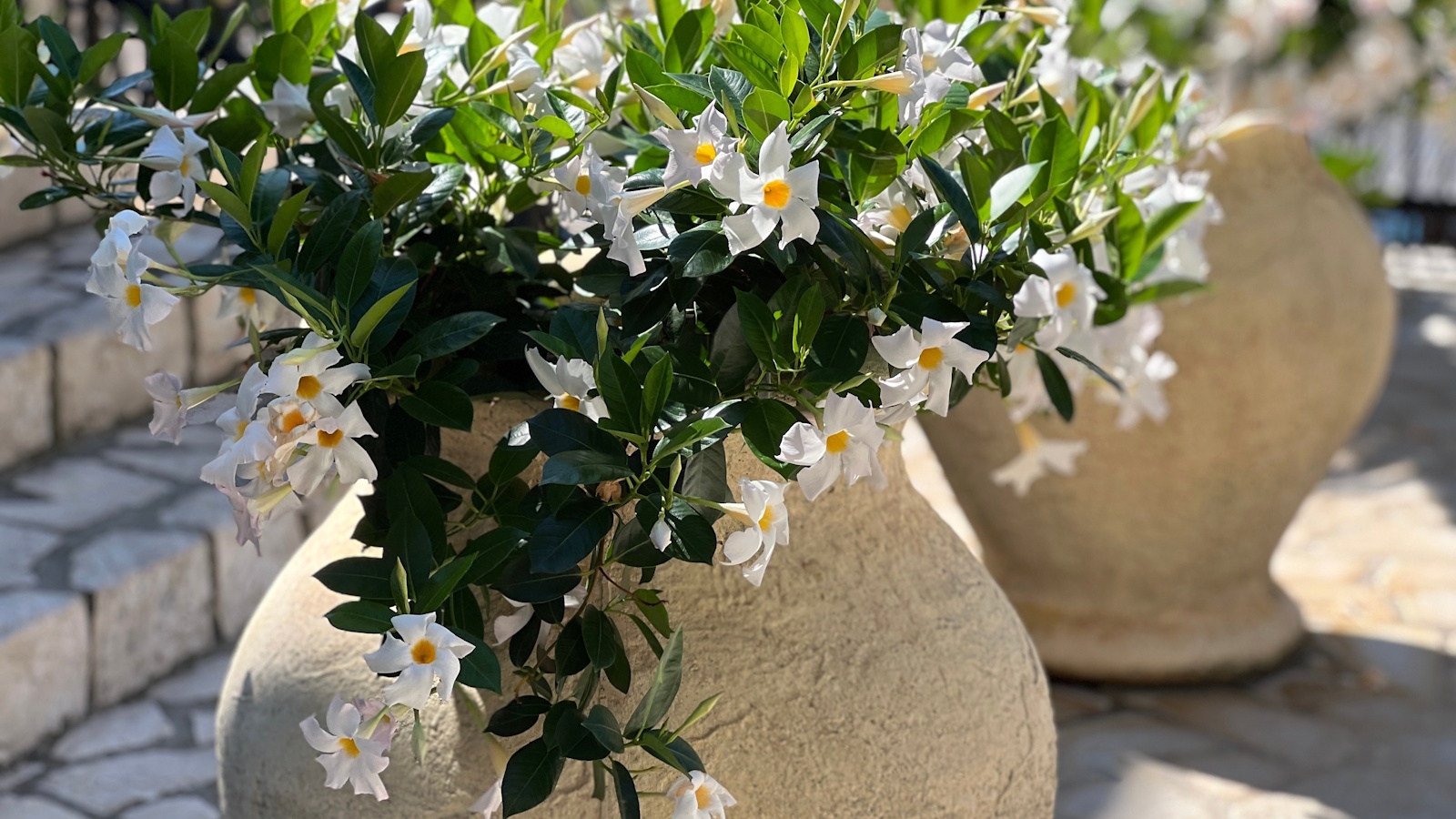 How to grow mandevilla in pots – and elevate your outside space with impactful tropical flowers this summer
How to grow mandevilla in pots – and elevate your outside space with impactful tropical flowers this summerLearning how to grow mandevilla in pots will add a colorful and vertical accent to any size plot
By Thomas Rutter Published
-
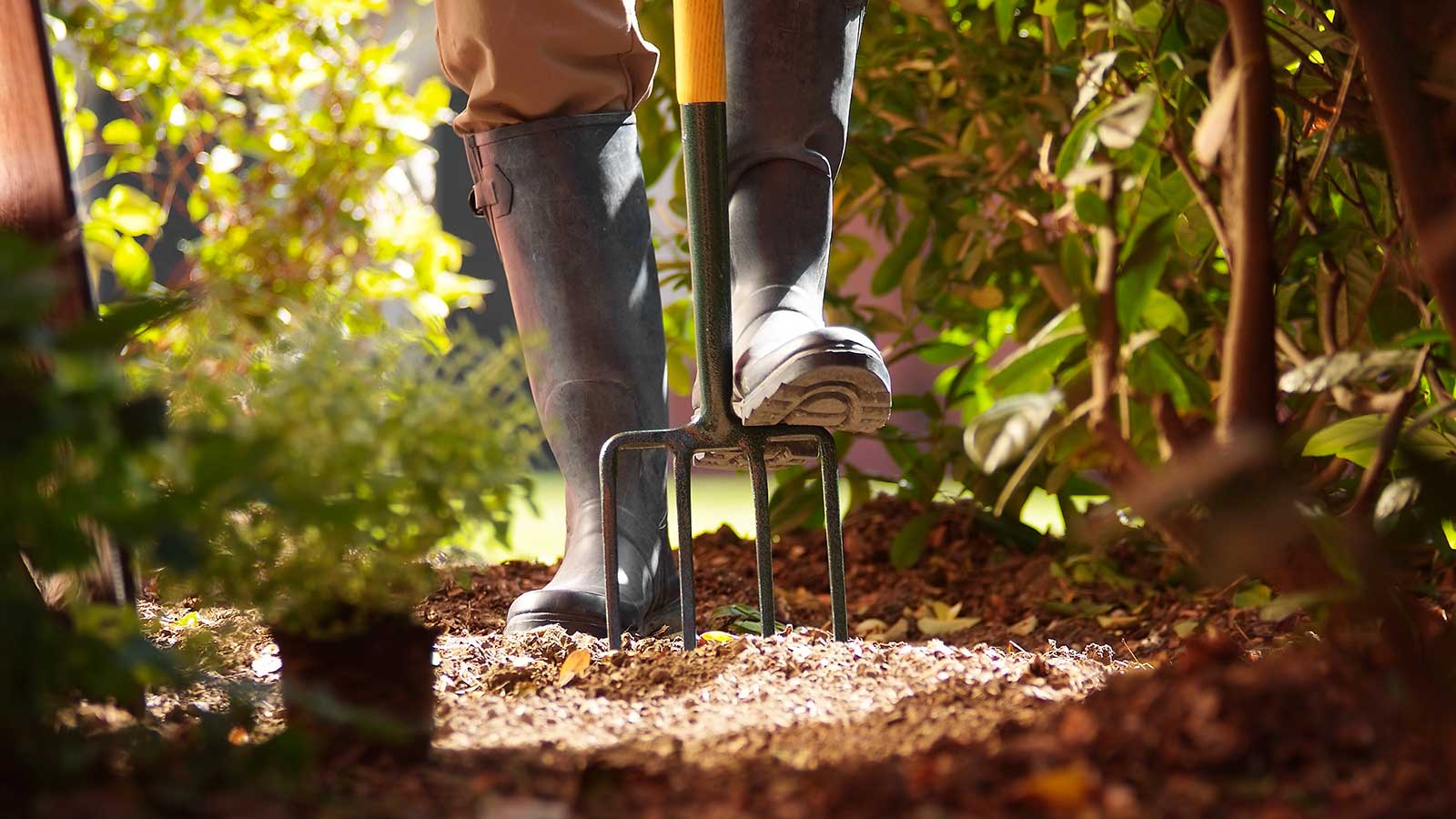 Skyseed is a vigorous invasive weed that is becoming a problem in backyards – here's how to identify and control it
Skyseed is a vigorous invasive weed that is becoming a problem in backyards – here's how to identify and control itGardeners in North America should keep an eye out for this vigorous perennial weed
By Thomas Rutter Published
-
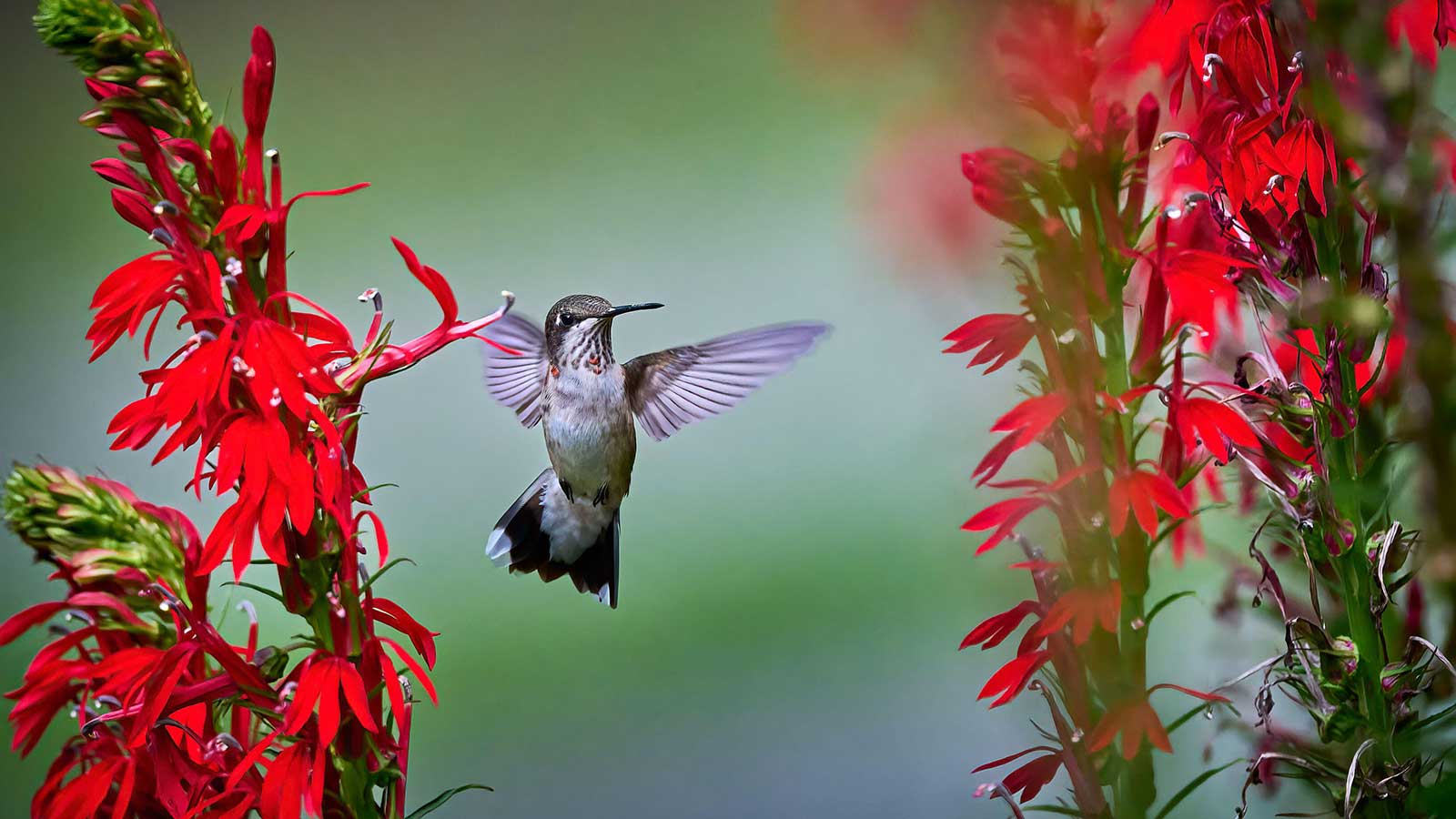 When do hummingbirds return from migration? Wildlife experts reveal when to expect them and how you can help
When do hummingbirds return from migration? Wildlife experts reveal when to expect them and how you can helpAs hummingbirds return to North America, gardeners can play a part in caring for these weary travellers
By Thomas Rutter Published
-
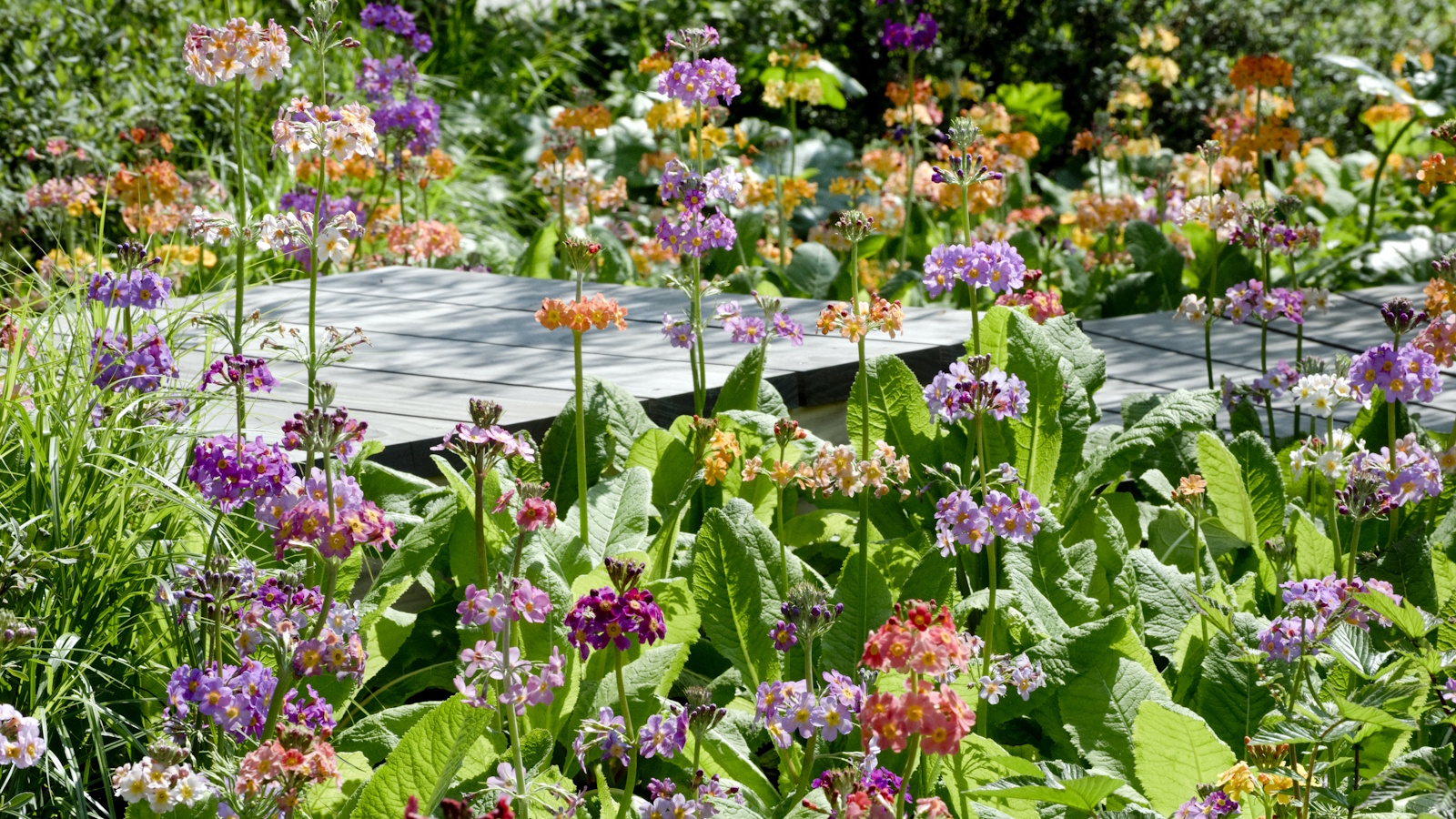 Best flowering ground cover plants – 5 expert-approved species to fill your borders with vibrant color
Best flowering ground cover plants – 5 expert-approved species to fill your borders with vibrant colorThese flowering ground cover plants will not only look good but will also prove popular with bees and butterflies
By Thomas Rutter Published
